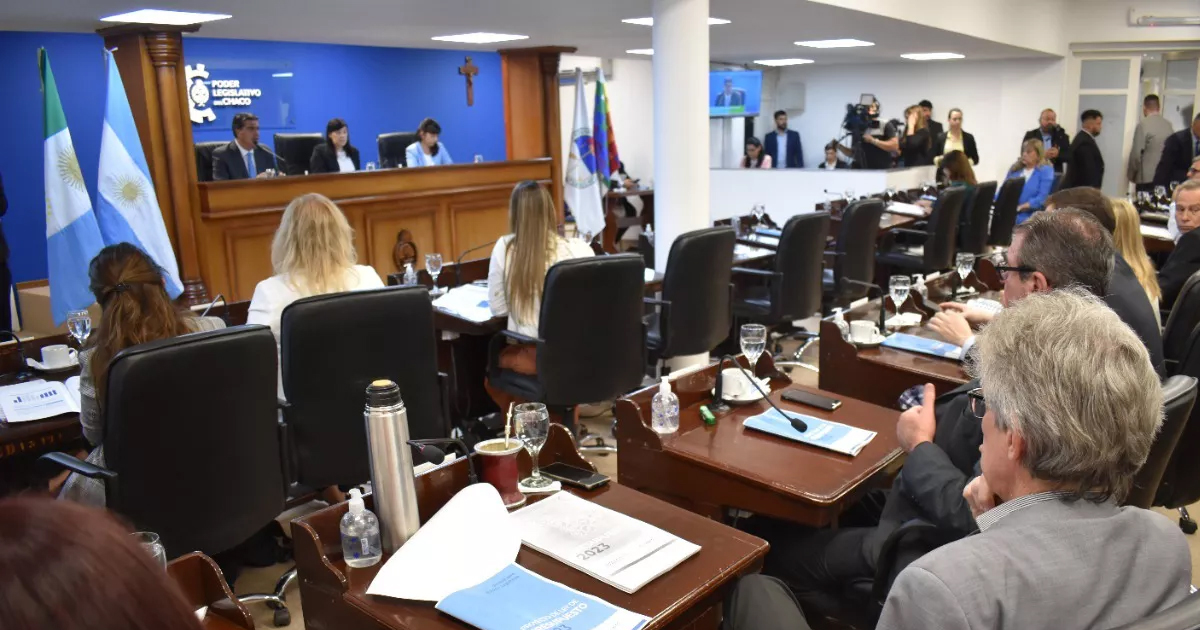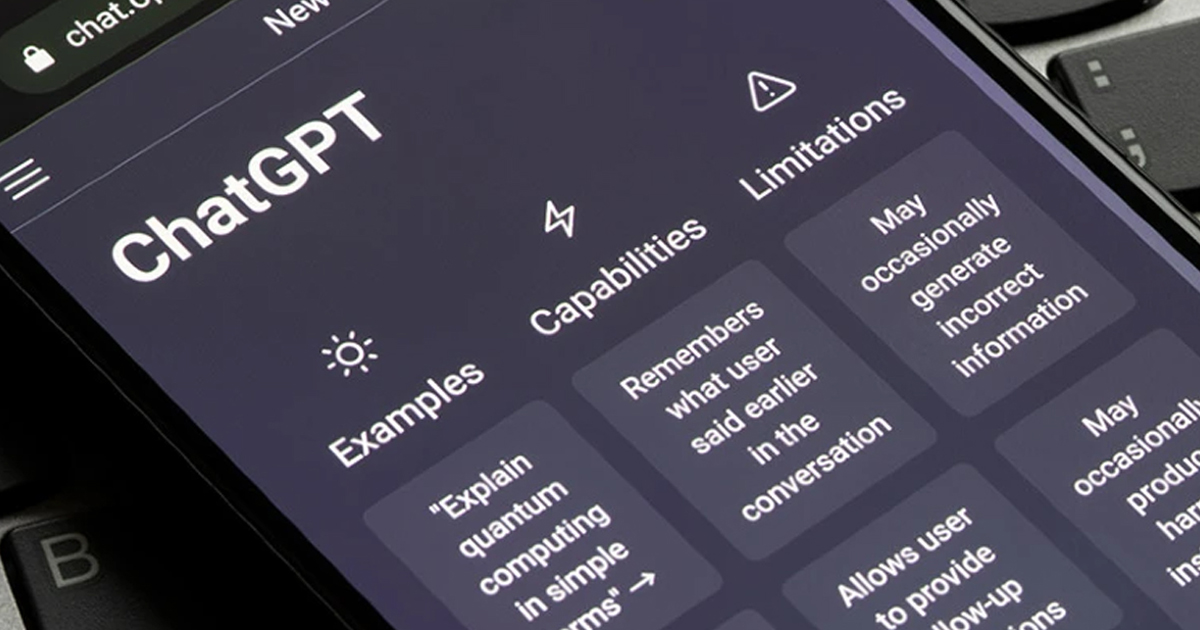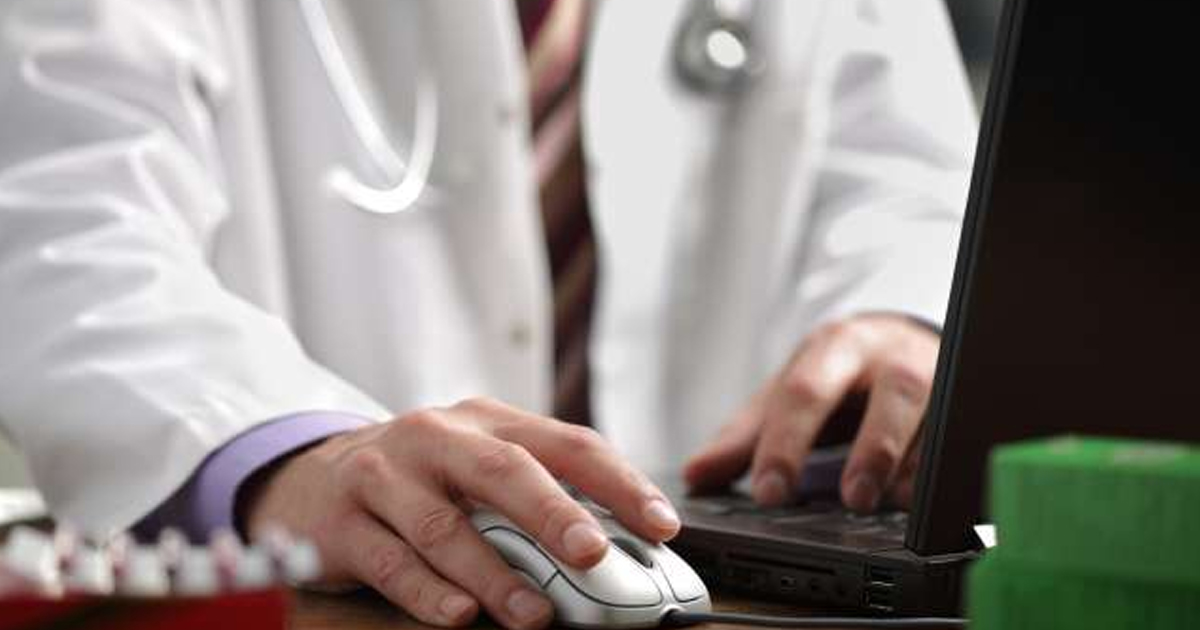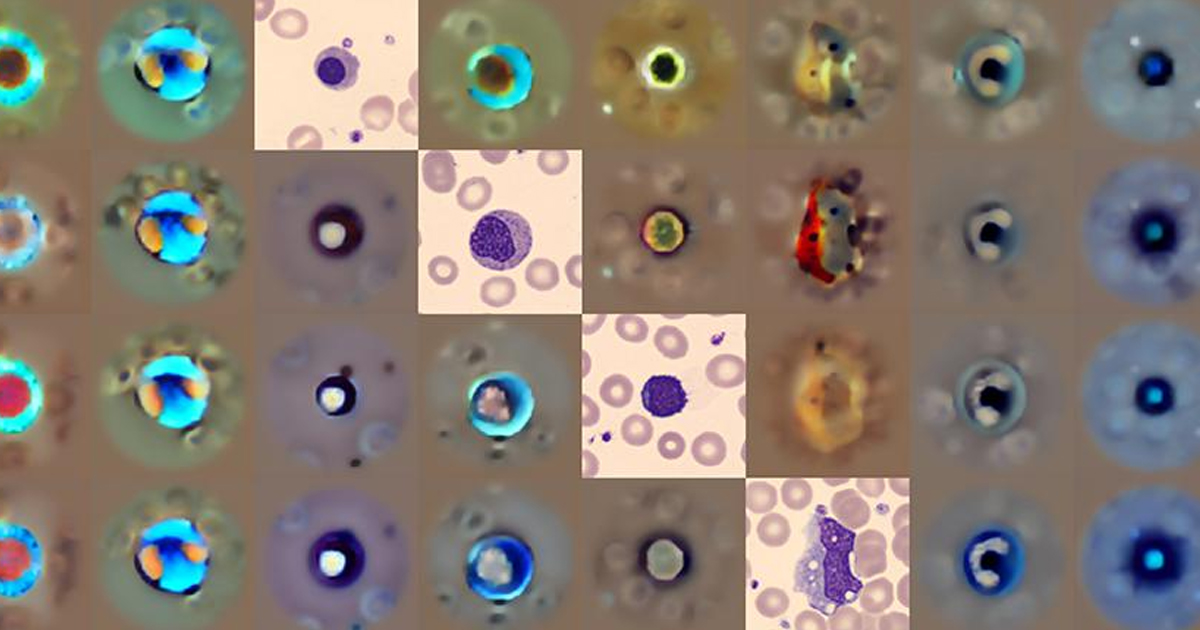La prestigiosa publicación médica de origen británico, realizó un extenso estudio, titulado: “Medir la movilidad para monitorear los viajes y las intervenciones de distanciamiento físico: un marco común para el análisis de datos de teléfonos móviles”.
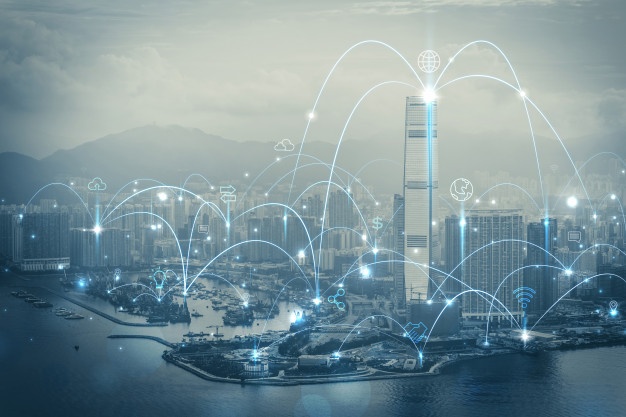
Diversos países han utilizado durante la pandemia diversas técnicas de análisis de la movilidad en sus ciudades, a través de datos proporcionados por información de usuarios de Google, Facebook y Twitter, para medir y monitorear el distanciamiento físico y modelar la propagación del COVID-19.
La investigación resalta los procedimientos de agregación para los diferentes datos recolectados a través de teléfonos móviles. Además, promueve los principios de privacidad y la protección de datos de los usuarios como una característica central para que los gobiernos desarrollen políticas a través de este tipo de análisis.
Como mencionan en la publicación, los datos utilizados para este tipo de análisis brindan información general sobre patrones de movilidad y son importantes para medir que tan eficientes han sido las medidas de distanciamiento social: “Los datos de los teléfonos móviles se están utilizando en todo el mundo como parte de la respuesta COVID-19, para mapear el movimiento de la población, establecer parámetros para los modelos de transmisión de enfermedades e informar la asignación de recursos”.
Los datos proporcionados son siempre de manera anónima, no revelan información sobre los usuarios, sin embargo, funcionan para el desarrollo de estimaciones epidemiológicas. A través de este tipo de análisis, es posible identificar puntos críticos de transmisión comunitaria en zonas geográficas específicas, que requieren un diferente tratamiento de los recursos de gobierno, desde insumos e infraestructura médica, hasta mayores medidas de restricción de la movilidad.
The study covers the two main types of CDR and GPS data. CDR (call detail records), en español registro detallado de llamadas, proporcionan información relacionado al uso de una tarjeta SIM, como mensajes de texto, llamadas, entre otros. En este caso la torre de telefonía, proporciona la ubicación aproximada del usuario al momento de una llamada. El sistema GPS (Global Positioning System o Sistema de posicionamiento global), obtiene los datos a través de información de teléfonos inteligentes, como la ubicación que es registrada a lo largo del tiempo que el dispositivo tenga encendidos las funciones de localización. Sobre este tipo de información, existen regulaciones para determinar cómo son utilizados.
La pandemia por COVID-19, ha acelerado la utilización de este tipo de recursos y datos generados a través de dispositivos móviles. Como mencionan en el estudio, los datos forman información valiosa, pero sin experiencia los datos no pueden generar el mismo impacto: “Un lenguaje compartido nos permitirá sincronizar análisis futuros con las limitaciones de cada métrica. En conjunto, las consideraciones brindan información para los responsables de la formulación de políticas y podrían informar a los modelos epidemiológicos sobre el distanciamiento físico y la propagación espacial de COVID-19. Combinadas con datos clínicos y de salud pública, estas métricas tendrán un papel importante en la planificación de retrocesos del distanciamiento porque ayudan a estimar el efecto de varios retrocesos en los patrones de movilidad reales en el suelo y, como resultado, en la propagación de la epidemia” concluyen en el estudio.
Puedes consultar y descargar el estudio completo a través del siguiente enlace: https://www.thelancet.com/action/showPdf?pii=S2589-7500%2820%2930193-X


